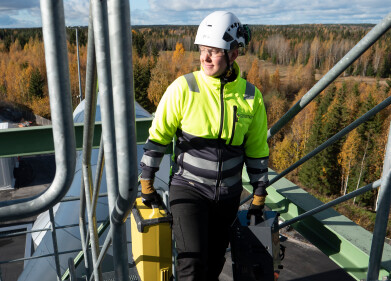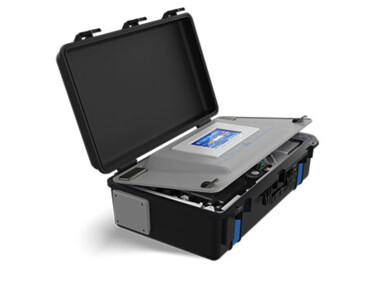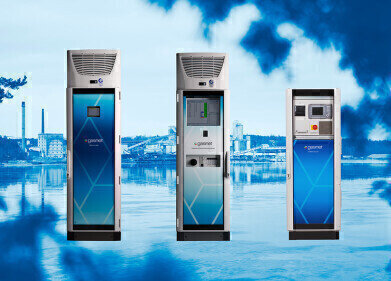Stack monitoring
US$2 billion/year Market for Mercury Removal from Stack Gases
Aug 30 2010
The market for equipment and consumables to measure and remove mercury from stack gases will average over $2 billion/yr over the next decade. This is the latest forecast in the online McIlvaine "Mercury Air Reduction Markets" (www.mcilvainecompany.com).
There are three immediate markets, all are in the U.S. They are cement, utility boilers and industrial boilers. Hundreds of millions of dollars has already been spent by U.S. utilities to install mercury continuous emissions monitors. Over 100 systems to inject activated carbon into flue gases are under construction or installed. Ultimately, 900 units will be challenged to meet mercury limits which will reflect Maximum Achievable Control Technology (MACT).
A new development in the last few weeks is an initiative by 18 states to influence EPA to set the MACT limit much higher. This is based on potential water quality impairment considerations and not just air quality. With this new approach reductions as high as 98 percent may be needed to meet the Total Maximum Daily Load (TMDL) in the water bodies in the northeast U.S. There was a limit set by the now redacted Clean Air Mercury Rule (CAMR). A replacement rule is being crafted based on the court guidance and testing at power plants, which is ongoing.
The utility MACT rule is likely to be promulgated in 2011 and compliance would be required by 2014. The rule will address not only mercury, but also HCl and other toxics. The need to remove a range of toxics will impact the mercury removal decisions. One observation made by McIlvaine is that utilities will want to consider making commercial 30 percent hydrochloric acid. Benefits include high mercury removal and sequestration of the mercury separate from the flyash, wastewater or gypsum.
The cement MACT is likely to be promulgated in the next week or two. This rule will set the stage for both the utility and industrial boiler MACT rules. Cement plants emit 15 tons of mercury per year compared to 50 tons of emissions for utilities. So any utility rule is likely to be at least as stringent as the cement rule. Investment costs to meet the cement rule are estimated at over $4 billion. Prior to 2014, 120 cement plants will need to install equipment. The cost justification of the rule is based on the use of activated carbon injection and a secondary fabric filter to follow the existing particulate collector.
Large amounts of activated carbon will be purchased to capture the mercury. The demand will be influenced by the reduction requirements and by the success of competing technologies. Wet scrubber and chemical additives offer a less expensive approach if the scrubbers are already in place. The need to remove HCl may force plants to install scrubbers which would not have done so just for SO2 capture.
One recent discovery is that activated carbon captures selenium as well as mercury. Since utilities are facing big expenditures to remove selenium from the FGD wastewater, it is possible that both activated carbon and wet scrubbing will be utilized for mercury removal. One variation of this practiced by Evonik in Germany is to add activated carbon directly in the scrubber. The mercury containing carbon is separated from the sludge, so the drivers are water and sludge quality improvements as well as reduction in air emissions.
McIlvaine has analyzed and continues to analyze the planned expansion of activated carbon production facilities and to determine whether there will be an adequate supply. Potentially power plants could consume more activated carbon than is now produced and used in the U.S. for water treatment and all other purposes.
The markets outside the U.S. are presently small but will grow. The Chinese cement industry emits seven times as much mercury as U.S. cement plants. The combination of the Chinese power and cement plants emit four times as much mercury as the U.S. plants. Mining operations can result in very large quantities of airborne mercury. Europe and Asia will predictably follow suit in the coming years and enact their own mercury air regulations.
Digital Edition
AET 29.2 May 2025
May 2025
Water / Wastewater- From Effluent to Excellence: Microbiological assessment of a containerized modular water reuse pilot system- Without water everything comes to a haltAir Monitoring- Probe Sampli...
View all digital editions
Events
Jun 10 2025 Toulouse, France
Jun 11 2025 Copenhagen, Denmark
Jun 17 2025 Guangzhou, China
Singapore International Water Week Spotlight 2025
Jun 23 2025 Singapore
Jun 24 2025 Santa Clara, CA, USA











.jpg)







